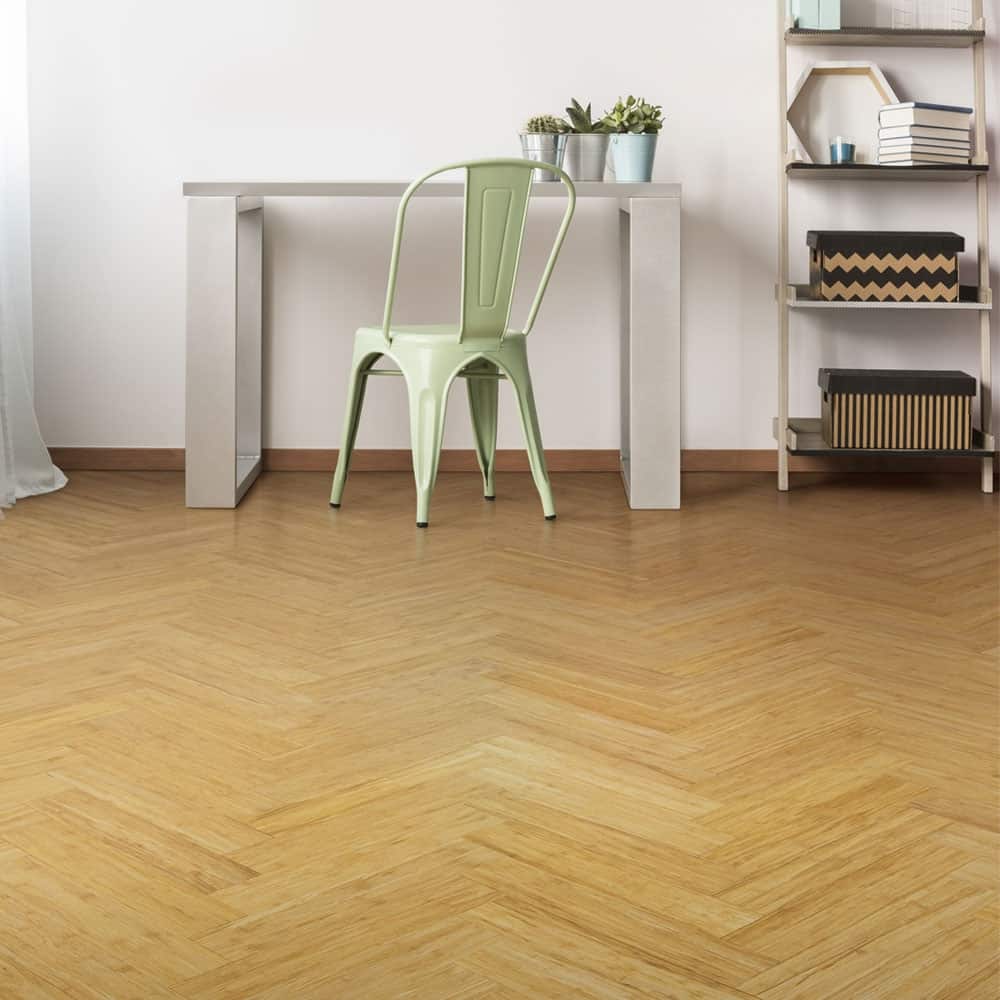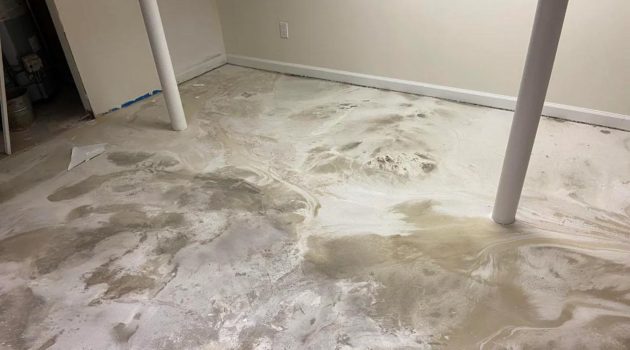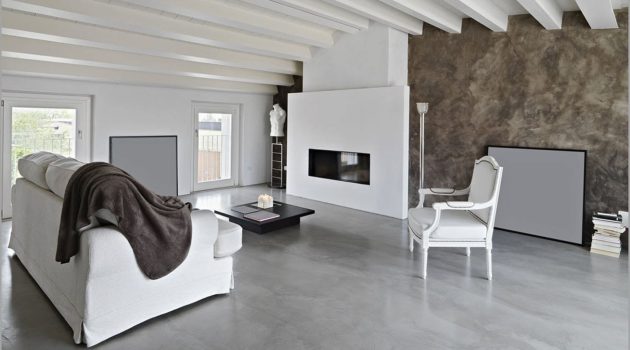If you plan to liven up your interior space with a traditional touch, picking out bamboo flooring could be a great alternative. At a glance, it looks like the hardwood flooring.
In some Asian countries, bamboo sort has been used for numerous decades. It’s well-liked since not only is this flooring sturdy but it’s also enduring.
We’ve got you covered with this brief about bamboo flooring pros and cons and bamboo flooring reviews.
1. Pros of Bamboo Flooring
One of the main benefits of bamboo flooring is how this guy plays a significant role in maintaining the environment. In short, the material used is eco-friendly and renewable.
In nature, bamboo relatively grows faster. Compared to hardwood, the growth of bamboo doesn’t require specific farming methods – others seem to take the extensive one. With the right irrigation, the upright trees can thrive well.
Bamboo has easy maintenance. You don’t require an extra effort to clean up the floor. Two items you need are none other than a dustpan and a soft-bristled broom.
For the simplicity reason, you can use a vacuum with a hard floor setting. To carry out the weekly cleaning, you can mop the base with warm water.
Keep in mind for not applying much water whilst mopping. What about spilling something on it? Stay calm and use a sponge then everything will be alright.
If you wish for not getting affected by insect threat, installing bamboo flooring is nothing but excellent. Don’t you know that bamboo comes with immunity beneficial in repelling the tiny creatures? In short, it is resistant to a pest.
Additionally, there is a wide range of bamboo styles and designs you can choose from. From contemporary to traditional feeling, it always gives the space of yours an ample opportunity to look cutting-edge.
Speaking of durability, bamboo wood flooring is superior. Whether it gets much traffic from foot step or it’s affected by some falling objects, the surface remains fine.
An investigation confirms that bamboo has more strength than concrete. Based on the health perspective, it appears to be healthy for your feet. The homeowners could enjoy their walk whilst stepping on the floor.
Another advantage of bamboo flooring is its capacity in adapting the weather condition. When the surroundings are loaded with humidity or experience a drier situation, the woody material doesn’t contract or expand.
It does match with laundry room and kitchen. In relation texture, some varieties (strand woven bamboo for instance) are harder than the common hardwood, making them long-lasting.
2. Cons of Bamboo Flooring
In spite of its hard property (three times tougher than oak), bamboo easily gets a scratch issue. Once it takes place, the direct impact is nothing else but the unwanted appearance.
To anticipate this kind of thing, our recommendation goes to the strand woven variety. It’s definitely thicker than the common one. And reach out a trusted manufacturer providing a warranty up to 25 years.
Bamboo is relatively susceptive against water damage. It can be a perfect medium for bacteria – and the same is true with the mold – to thrive.
The bamboo material can warp if it is often waterlogged. The spill should be minimized as immediately as possible and wipe the floor up when that thing happens. To keep this matter off, be sure to leave the areas of home dry.
Some variations have been proven to contain toxins called urea-formaldehyde. This hazardous substance is often found in bamboo with low quality.
It somehow threatens your health deteriorating your respiratory system. The infection makes people hard to breathe.
To diminish the risk affecting your health in the future, buy a product that has been tested by way of laboratory procedure.
3. How Much does the Bamboo Flooring Cost?
The bamboo flooring cost is cheaper than the average hardwood products. The price is highly determined by the qualities as well as the thickness.
If you wish a bamboo floor considered the most affordable, the value is simply no more than 3 USD per square foot.
However, never expect for something high-quality with that. For the optimum one, it’s valued from 5 to 6 USD per square foot. The engineered bamboo is priced at 2-4 USD per square foot.
4. How to Properly Install the Bamboo Flooring
Don’t hire a professional as long as you can do it by yourself! There are some installation methods easy to follow. The first one refers to glue down way.
If you once had a project before, this procedure is actually straightforward. It requires you to stick the planks onto the base with the ultra-powerful glue.
While having a go with this step, you need to be highly careful as the process of adhering takes place fast and make sure that layers are correctly lined up.
Another way is called click-lock or floating, this super easy method is designed without the presence of both glue and nail. The boards are meant to lock with each other as its name suggests.
So, how do the steps go? Simply set the available pattern and make an arrangement on the planks beautifully in rows. To lessen the cutting, it’s vital that you plan the layout of yours.
5. Some Considerations to Think about
The quality of bamboo material, as a matter of fact, depends on the level of moisture. The appropriate scale ranges from 6 to 9 percent.
The state determines the durability of your floor as well as the performance. Aside from it, how good the bamboo is, basically relies on the method of reaping.
Pick out plants whose age is more than 6 years. This consideration literally matters. The warranty is nothing but important. Go get a product with 10-year protection and ensure that removal and labor have been included.
To make a long story short, installing bamboo flooring gives multiple benefits from longevity to an impressive look retaining some traditional values.
However, it also comes with some disadvantages like easily getting affected with water issue and causing some toxins letting your health experience health issues. Yes, that’s how bamboo flooring pros and cons go.



